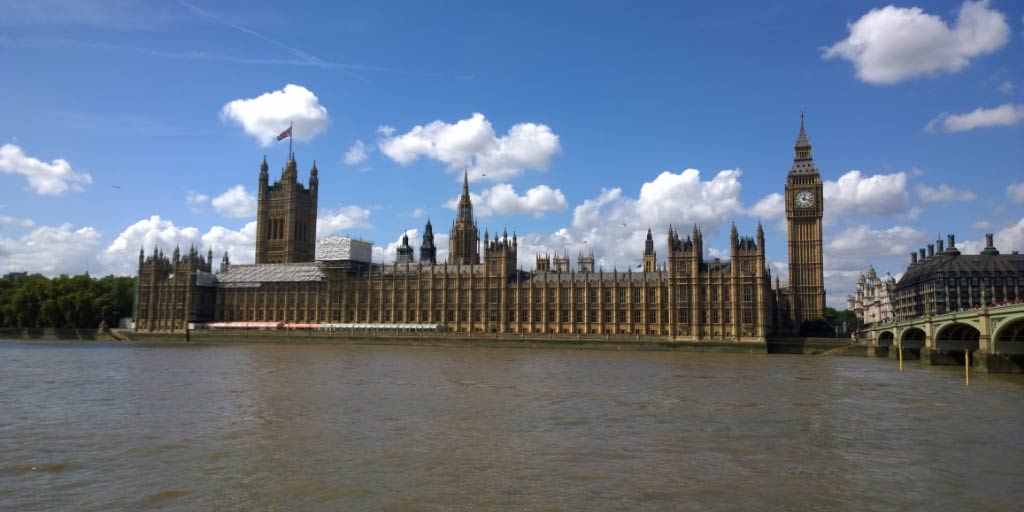This information should not be interpreted as financial, tax or legal advice. Mortgage and loan rates are subject to change.

Categories: government and politics | government and politics base rate
government and politicsIn its September 22nd gathering, the Monetary Policy Committee (MPC) has announced a further increase to the Bank of England Base Rate, up half a percent to 2.25% - the sixth increase this year.
This latest rise has sparked further concerns over the state of the economy. Having previously predicted a peak of 3% next year, experts are now forecasting a peak of 4%, after the recent energy price freeze announced by the British government.
There are other contributing factors to this change in the forecast. Experts are also taking into consideration the upcoming ‘mini-budget’ which could see new Prime Minister, Liz Truss, reverse some changes such as the recent national insurance rise.
Expert’s explanations
Chief UK economist at Capital Economics, Paul Sales says:
“The utility price freeze does mean that instead of peaking at 14.5 per cent in January, CPI inflation will peak probably around 10.5 per cent in October or November and will then fall a bit faster next year.
“But while it is possible that cutting National Insurance tax and not raising corporation tax will boost investment and increase aggregate supply, we suspect that the increase in aggregate demand from freezing utility prices will be bigger. As such, we have added around 0.5 ppts to our core inflation forecast in 2023. So, while our new CPI inflation forecast is lower in the near term, it is higher further ahead.
“It’s this boost to inflation further ahead that has convinced us the Bank will need to raise interest rates to 4 per cent. We’re now assuming that the Bank raises interest rates by 50 basis points (bps) at next Thursday’s meeting (from 1.75 per cent to 2.25 per cent) and by 50bps at the meetings in November (to 2.75 per cent), December (to 3.25 per cent) and February (to 3.75 per cent) before a smaller 25 bps rise next March (to 4 per cent)."
Dales did add that the forecast is heavily based on the labour market, so if the supply increases sooner than expected, then the base rate may only reach 3.25- 3.75%.
He then goes on to say:
“(But) equally, if the labour market takes longer to loosen, perhaps as the supply of labour remains unusually low, or any given weakening in activity has less downward influence on inflation than in the past, then the Bank may have to raise interest rates above 4 per cent to dampen domestic pressures,
“A rise in rate to 4 per cent would take rates well above our long-term neutral rate estimate of 2.5 per cent. As a result, rates of 4 per cent will probably weigh on GDP growth in 2024, add to our conviction that there will be a significant fall in house prices and housing activity over the next two years, and drag both overall and core CPI inflation below the 2 per cent target in the second half of 2024.
“As such, we suspect the Bank would have to “pivot” towards interest rate cuts sometime in the first half of 2024 and start the process of lowering rates back towards neutral.”
Historic changes
The last time the base rate reached 4% was in 2004, though that was one of many increases over several years which finally peaked at 5.75% in 2007. The rate has been slowly decreasing since then, hitting its lowest point of 0.10% in March 2020, when the Coronavirus pandemic hit the UK.
At the beginning of 2022, the rate sat at just 0.25% and has been steadily increased by 0.25% a time in February, March, May and June. Last month saw the first larger increase of half a percent from 1.25% to 1.75%.
Impact on landlords
Lenders are likely to adjust buy to let mortgage rates as a results of the change in the Base Rate.
As time passes after each Base Rate rise, more landlords will be approaching their renewal dates. As a result, brokers expect to be busy helping investors lock in deals, to mitigate the rising cost of mortgages.
Check today’s buy to let interest rates here.



